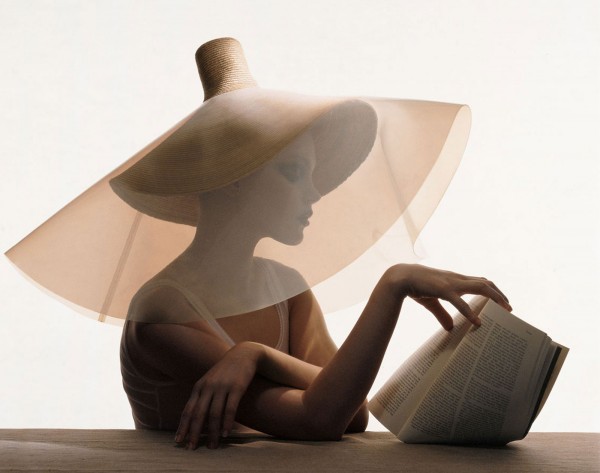Surrealist painter, Wifredo Lam, was born in Sagua la Grande, Cuba, of a Chinese father and a mother of mixed African, Indian and European origin. He studied studied at the Academy of San Alejandro in Havana 1920-3, then went in 1924 to Madrid where he worked in the studio of Fernando Alvarez de Sotomayor, the Director of the Prado, and also in the evenings at the Free Academy. Lam left Spain in 1938 after taking part in the defense of Madrid, and moved to Paris. His first one-man exhibition was in Paris at the Galerie Pierre Loeb 1939. Through his friendship with Picasso, who enthusiastically encouraged him, and with Breton and the Surrealists Lam became interested in African sculpture.
“In the hard-nosed “La Jungla” (“The Jungle,” 1943), Wifredo Lam, as proto-Afrofuturist environmentalist, depicts natural hierarchy being surpassed by vitalist horizontality. In this painting, Lam explores a jazzy hybrid that incorporates Picasso-esque Africanized Cubism, shattering planar congruity. Vertical vegetal forms seem to be giving way to a new anthropomorphic scenario in which big-footed, high-buttocked, weapon-wielding women and sharp-edged tools exert more influence than the surrounding field of sugar cane. It is a masterful painting that can produce a sense of grandeur in the mind that is both non-dialectical and network-centric. With such works, we become aware of how some images can permanently alter our way of looking.” – Joseph Nechvatal, hyperallergic.com



